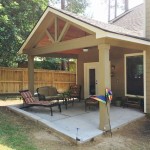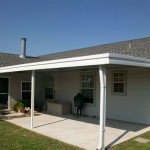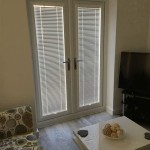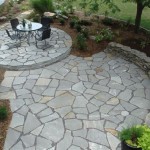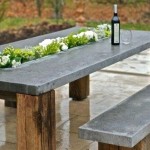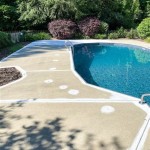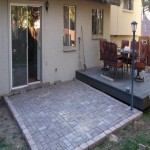Swinging vs. Sliding Patio Doors: Essential Factors to Consider
When it comes to enhancing your home's exterior and maximizing the flow of natural light, patio doors play a pivotal role. Among the two primary types, swinging and sliding patio doors, each offers unique advantages and drawbacks. Understanding their key differences will help you make an informed decision that aligns with your specific needs and preferences.
Swinging Patio Doors
Swinging patio doors resemble traditional interior doors, opening by pivoting on a central hinge. They offer a classic charm and can create a visually appealing transition from the indoors to the outdoors.
Advantages: *- Wide openings: Swinging doors can open wide, providing an unobstructed view and easy access to your outdoor space.
- Enhanced ventilation: When opened partially, they allow for excellent cross-ventilation, creating a refreshing breeze.
- Security: Swinging doors can be securely locked with deadbolts and other security measures, enhancing home protection.
- Space requirements: Swinging doors need ample space to open, which can be problematic in smaller areas.
- Limited access: When fully opened, swinging doors can block access to furniture or other objects placed near the door.
- Inward or outward swing: You must determine whether the door will swing inward or outward, which may impact space planning and outdoor access.
Sliding Patio Doors
Sliding patio doors consist of multiple glass panels that slide horizontally on a track system. They provide a sleek and modern appearance while maximizing natural light.
Advantages: *- Space efficiency: Sliding doors save space by sliding along a track, leaving open areas for furniture and other arrangements.
- Unobstructed views: Large glass panels allow for panoramic views of the outdoors, expanding the living space.
- Easy operation: Sliding doors are effortless to open and close, even with large panels.
- Narrower openings: Sliding doors have narrower openings compared to swinging doors, which can restrict access and ventilation.
- Reduced security: Sliding doors are generally less secure than swinging doors, as they can be more vulnerable to forced entry.
- Maintenance: Sliding doors require regular maintenance to ensure smooth operation, especially on tracks and rollers.
Additional Considerations
Beyond the fundamental differences, here are some additional factors to consider when choosing between swinging and sliding patio doors:
*- Style: The overall design and style of your home and outdoor space should influence your choice.
- Material: Both types are available in various materials, such as wood, vinyl, and aluminum, which may impact their durability and aesthetics.
- Energy efficiency: Double or triple-glazed glass panels can improve energy efficiency and reduce heat loss.
- Budget: Sliding doors are generally more affordable than swinging doors due to their simpler construction.
Ultimately, the best choice between swinging and sliding patio doors depends on your individual preferences, space constraints, security concerns, and aesthetic aspirations. By carefully weighing the advantages and disadvantages of each type, you can select the perfect patio door that complements your home and enhances your indoor-outdoor living experience.

Swing Door Vs Slider How To Pick Your Perfect Patio

Sliding Doors Versus Traditional Swing In Out Replacement Patio Renewal By Andersen

Sliding Patio Doors Vs Br Swinging

Sliding Vs Hinged Patio Door Which Type To Choose

Swing Doors Vs Sliding Antique Glass Ltd

Sliding Doors Vs Hinged

Hinged Vs Sliding Patio Doors Pella

Sliding Door Vs Swing Which Patio Style Is The Best For Your Home

Swing Doors Vs Sliding Antique Glass Ltd

Hinged French Doors Vs Sliding Patio
Related Posts

